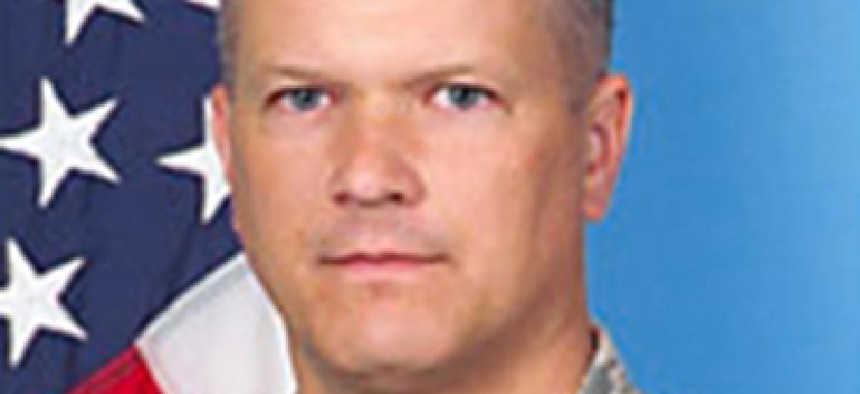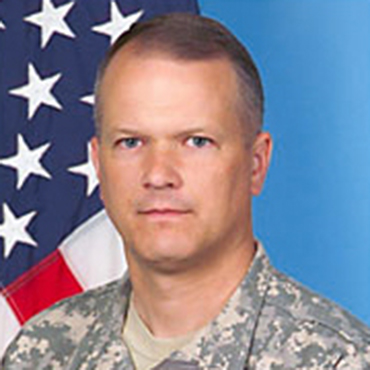New program manager of DCGS-A hopes for strong start

Col. Robert Collins says close feedback from industry and soldiers can help improve a program that has struggled with inefficiencies.

Col. Robert Collins, U.S. Army
Col. Robert Collins, the recently installed head of the Army's service-wide network for sharing and analyzing intelligence, says meticulous feedback from end users can help the program recover from its troubled rollout.
The colonel hopes to continually tout what he sees as the Distributed Common Ground System-Army's strong suits – such as the multiple types of intelligence tools the program makes available to soldiers– to help "people understand the robustness of the intelligence suite that [DCGS-A] provides," he said in an interview.
The $5 billion program has been dogged by delays and criticism from Capitol Hill. In August 2012, about four months before DCGS-A was approved for full deployment, the Army Test and Evaluation Command deemed the system effective only "with significant limitations, not suitable and not survivable."
At least one congressman has been less diplomatic about the program's cloud computing capabilities. Rep. Duncan Hunter (R-Calif.), a member of the Armed Services Committee, slammed the Army's "false assurances" to Congress that it would deploy the cloud, and he opposed Lt. Gen. Mary Legere's potential nomination to head the Pentagon's intelligence agency as a result of her work on DCGS-A.
Collins, who assumed his current post in June, said it did not take long on the job for him to appreciate the importance of keeping Congress apprised of his plans for DCGS-A, adding that "transparency with media, transparency with Congress will be key to our approach."
The Army opened the door to the next phase ("Increment 2") of DCGS-A by issuing an RFI in mid-August to help boost the system's ease-of-use by improving "software-based tools soldiers use to analyze and integrate data and visualize intelligence information." The goal is to hear more from industry on product requirements and also weigh the risk of program features, including cloud.
The "cloud is a phenomenal thing, but when you put it into a tactical transport environment, it may behave a little bit differently," said Collins. He also described cloud computing as a potential cost-saver for the Army in tight fiscal times.
But the most pressing task for Collins and his colleague, Col. William Edwards, in overseeing Increment 2 may be incorporating feedback from Army users and industry to make it easier to use the intelligence database. "We've got a new generation of troops that are used to iPhone-type technology," Collins said.
Edwards, a capability manager for sensor processing in the Army's Training and Doctrine Command, described himself as the link between DCGS-A management and soldiers. He said he wants to set up multiple working groups to solicit user feedback on DCGS-A, from the Army's high-ranking staff all the way down to the battalion.
"We're going in and we're teaching a system of systems approach ... because DCGS is not simply a laptop, it is not simply a server," he said.
Though Collins and Edwards say they are eager to make progress, the scale of the project will require patience. The Army plans to issue an RFP for Increment 2 in the fourth quarter of fiscal 2015, and award a contract the following fiscal year.
NEXT STORY: Fed millennials are a satisfied bunch


